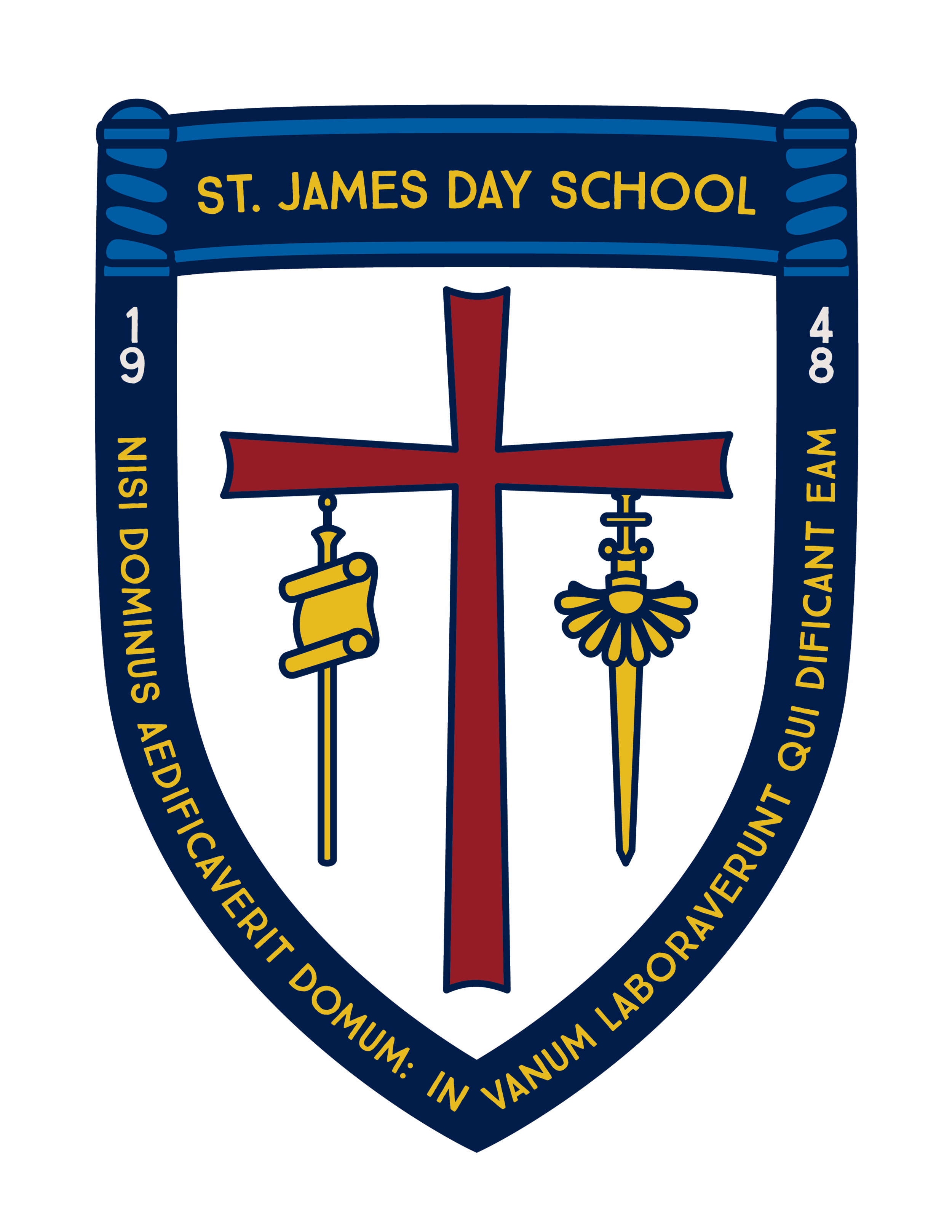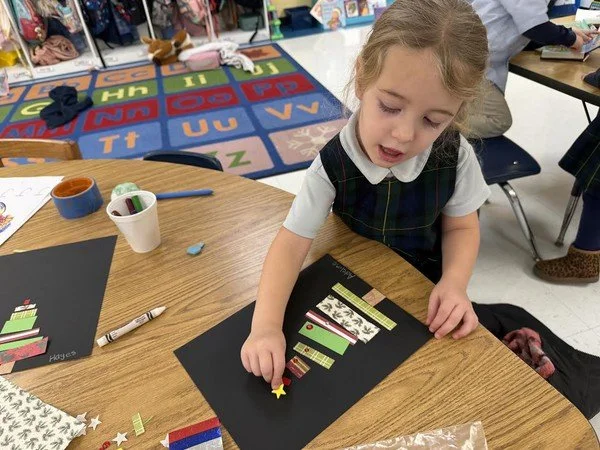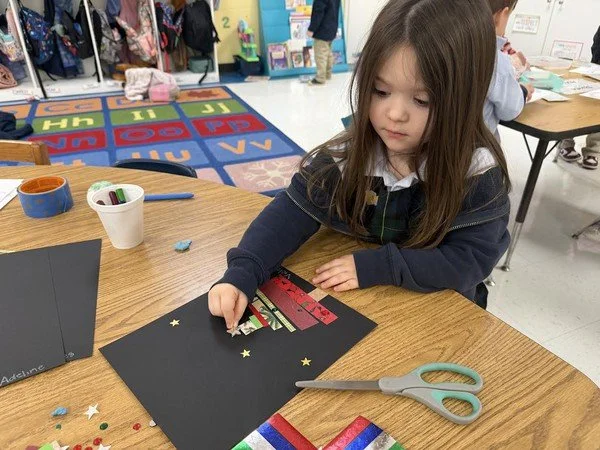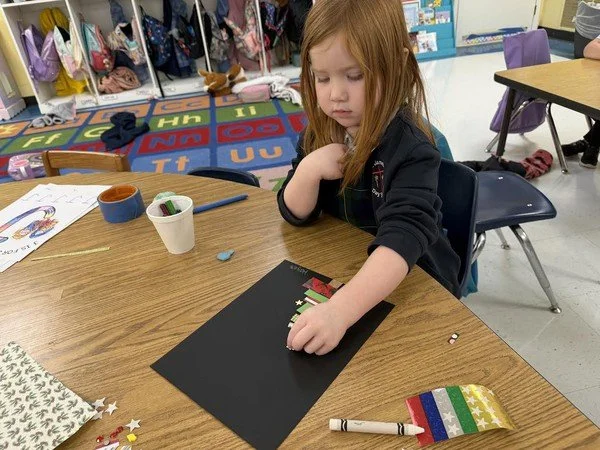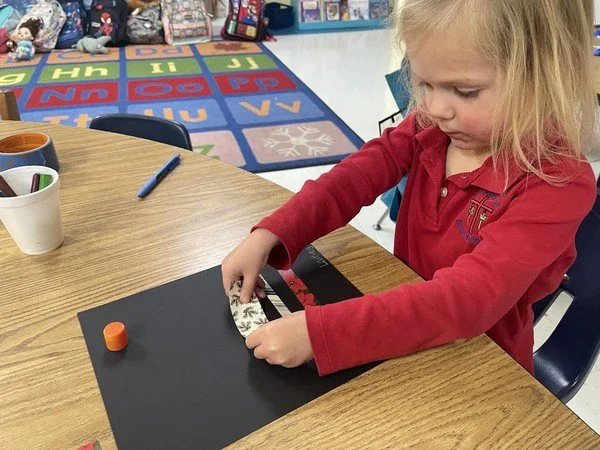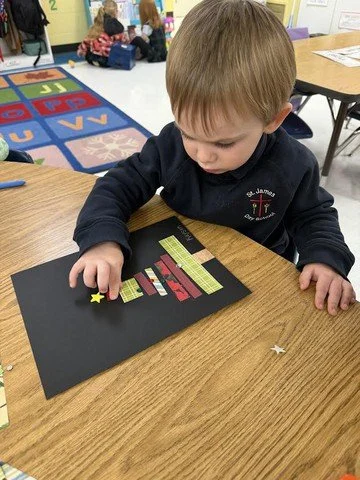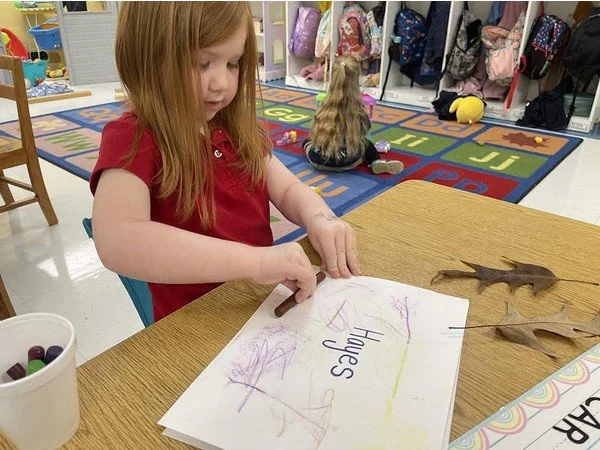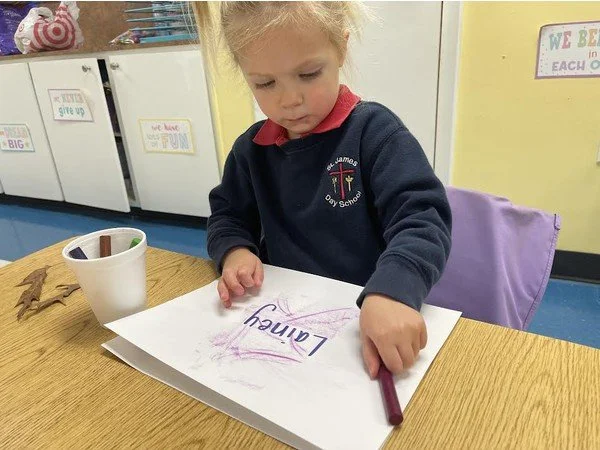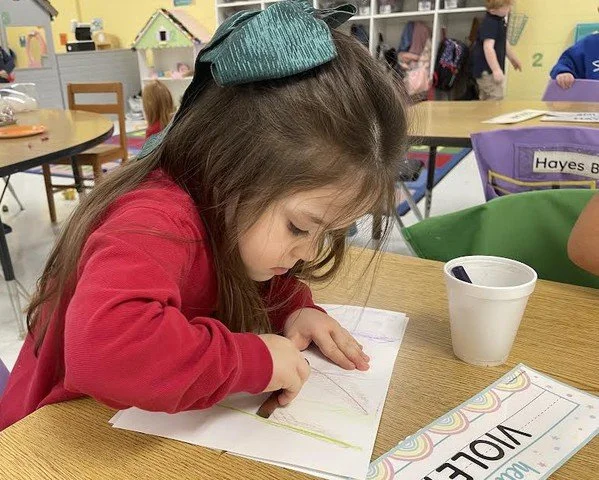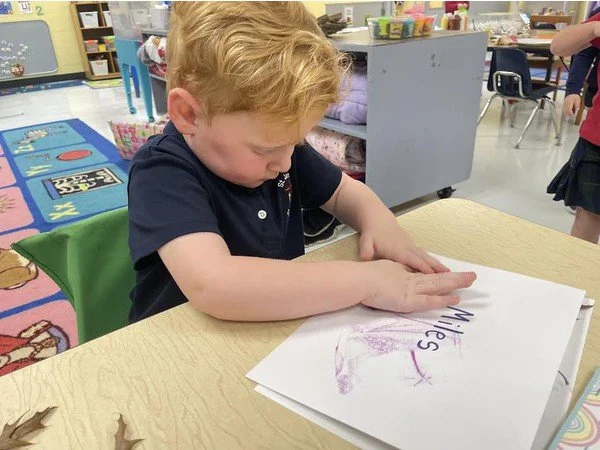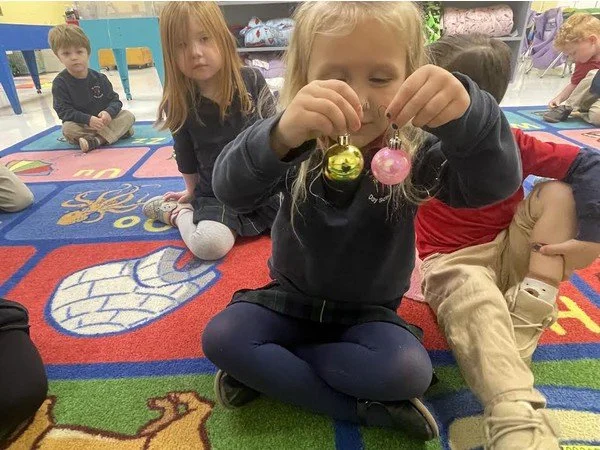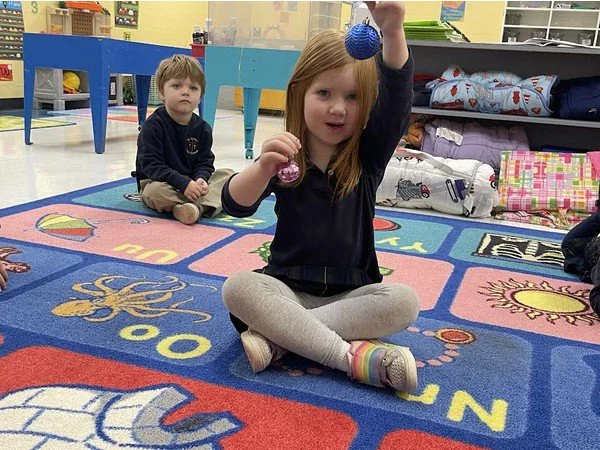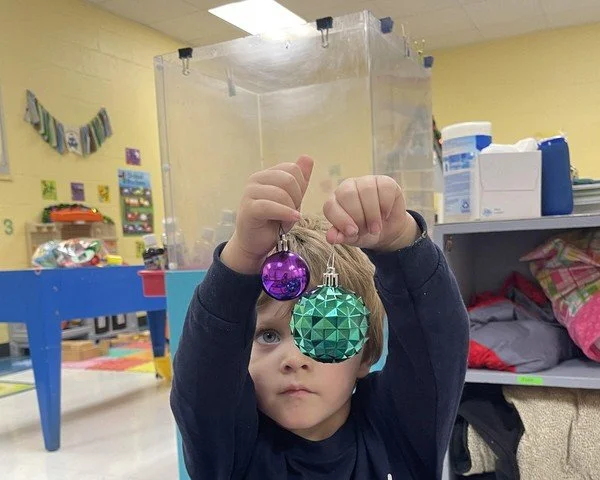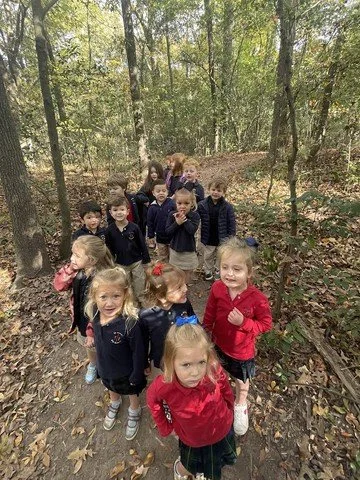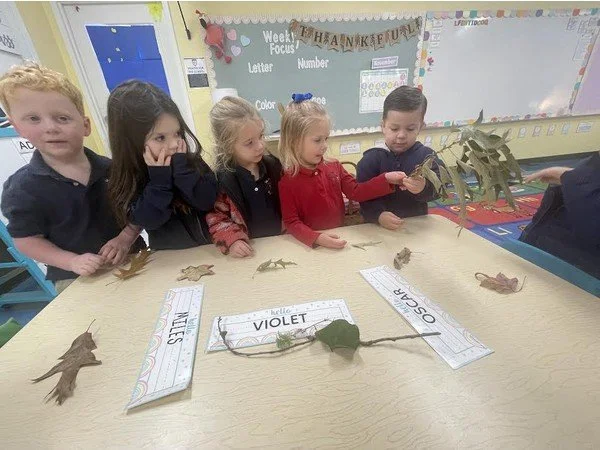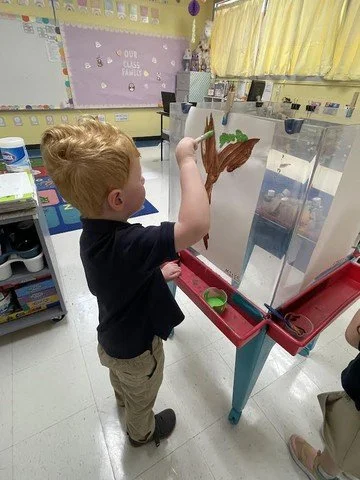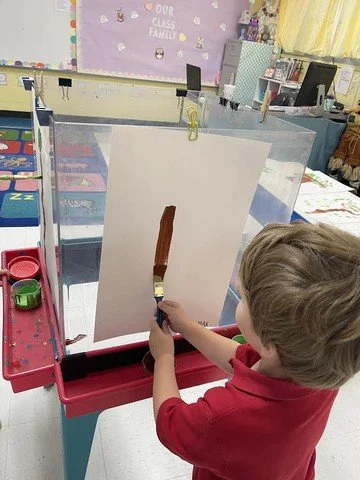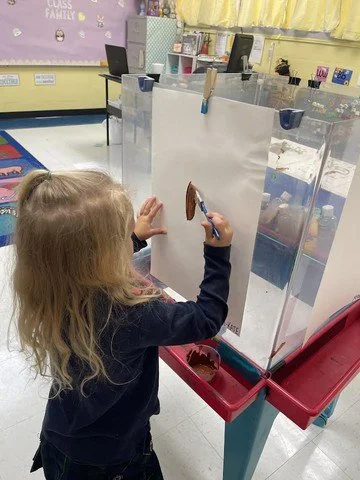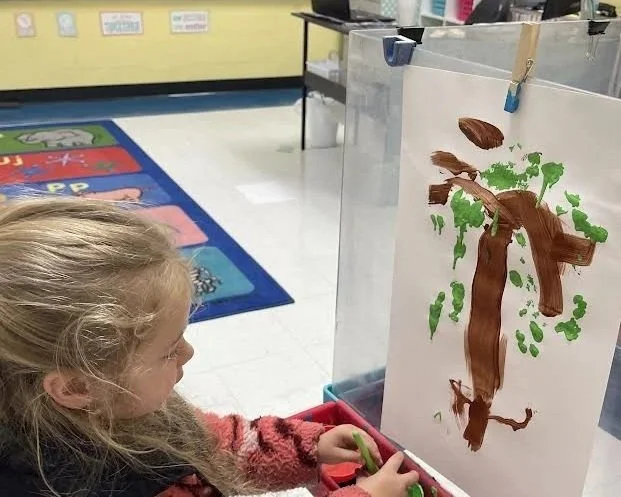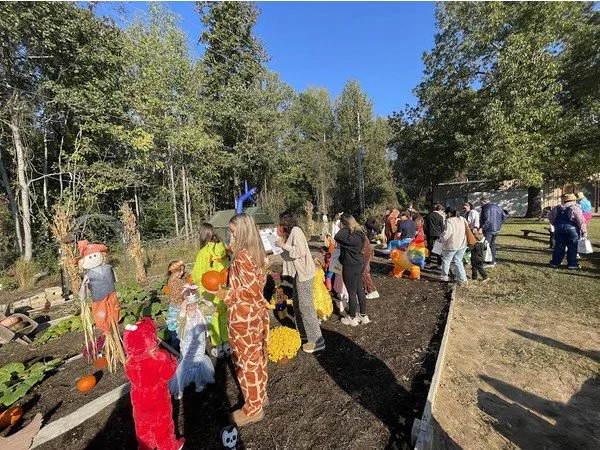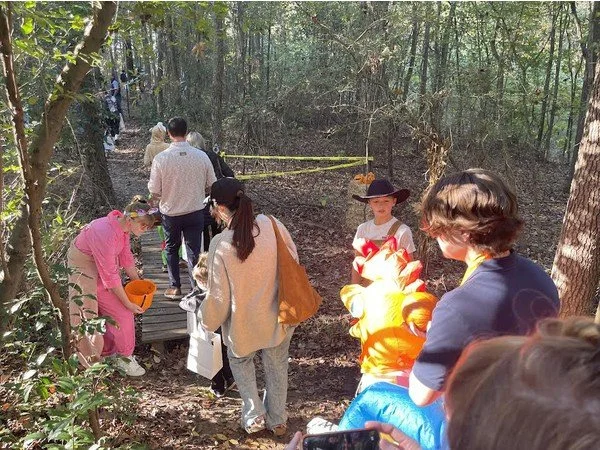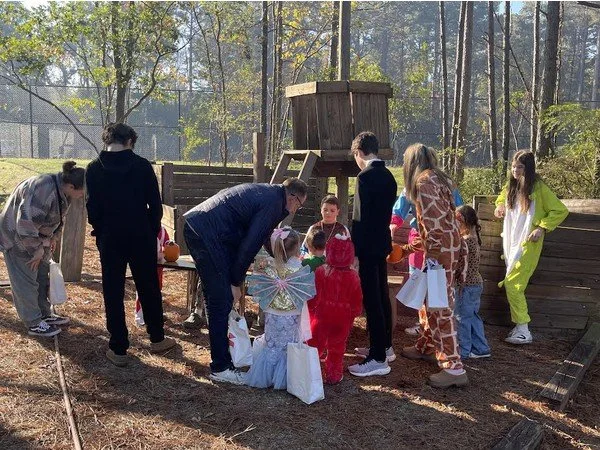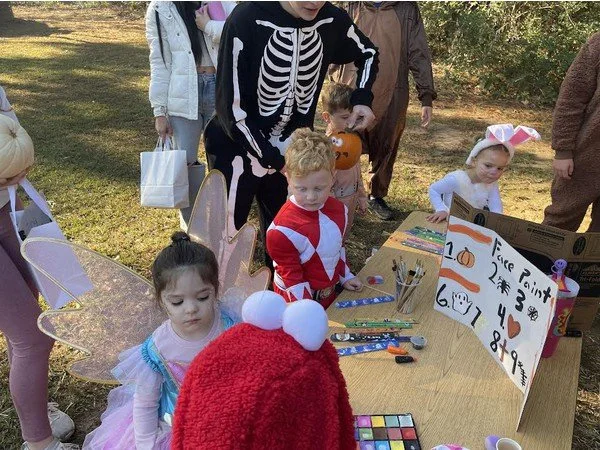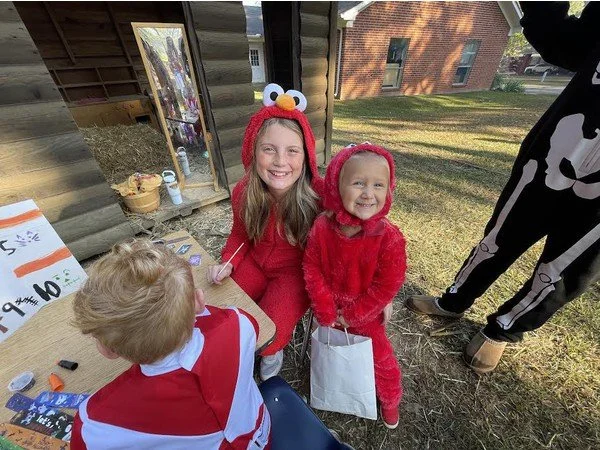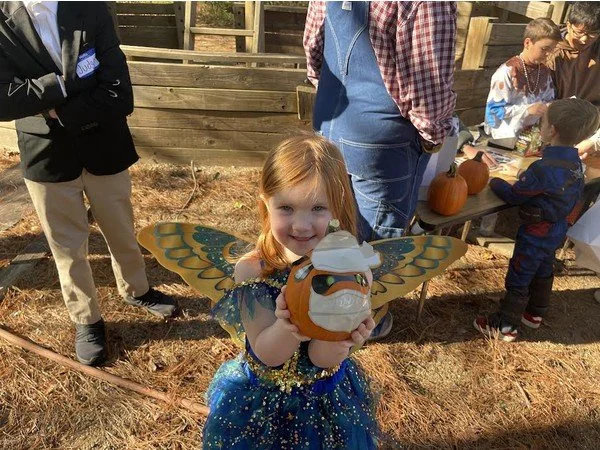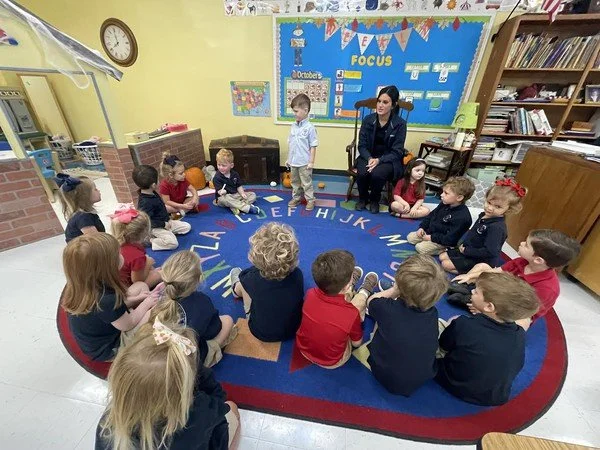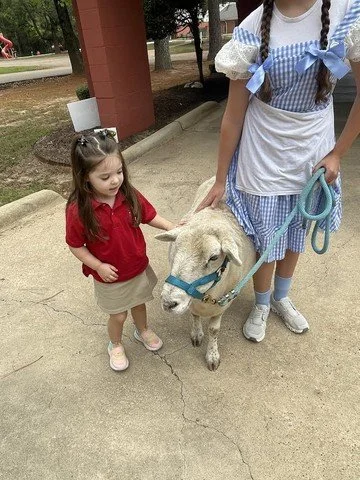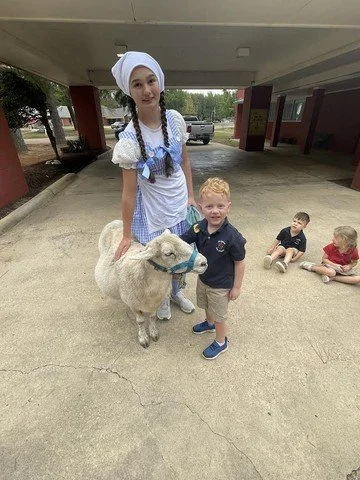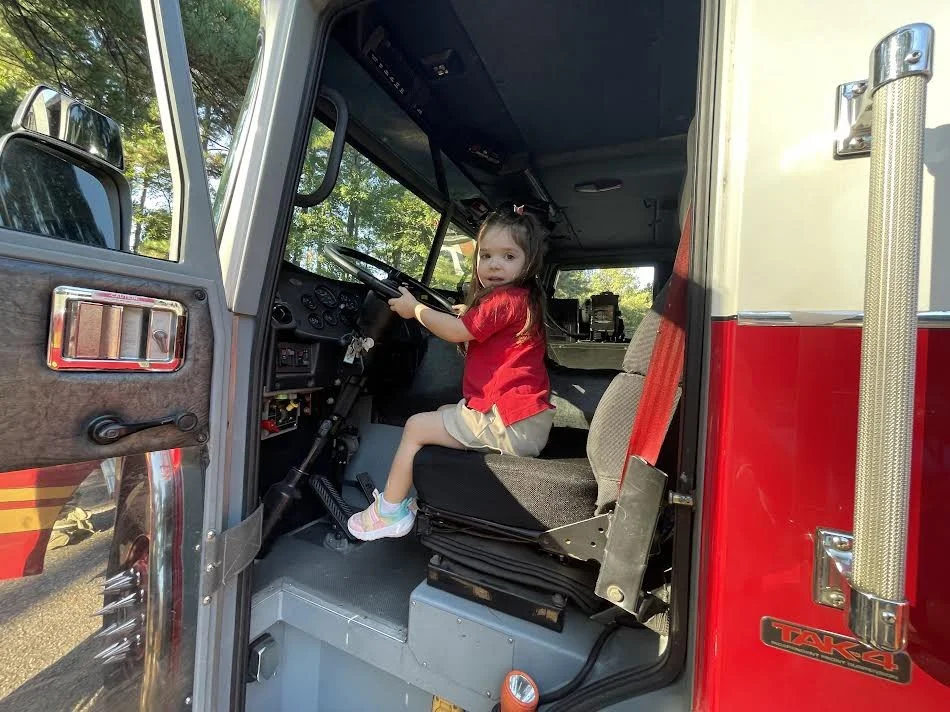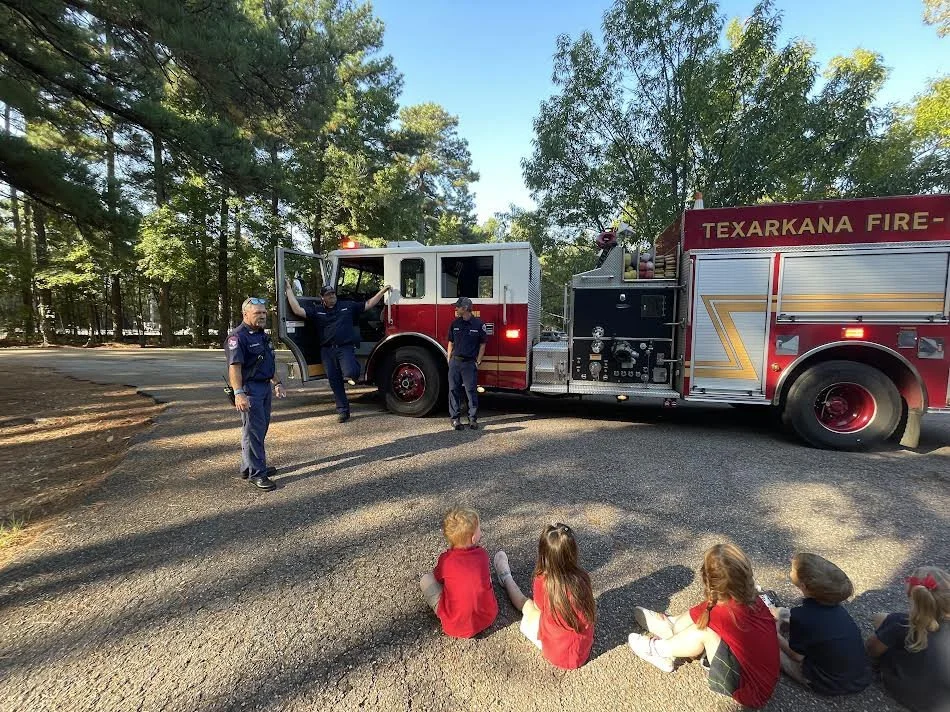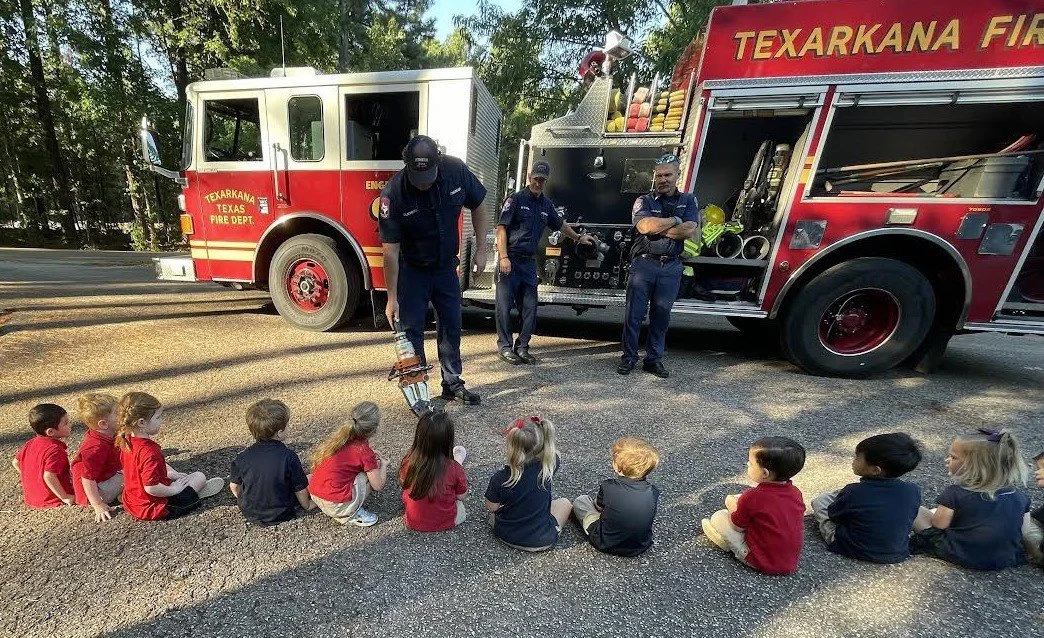Tree Unit:
Building Christmas Trees
What better opportunity to introduce Christmas trees into a math lesson than during the holiday season when the tree unit is happening! The children not only enjoyed crafting but also engaged in measurement as part of the project, organizing from longest to shortest.
Counting Bows
Each child was given a number, and they had to pull the corresponding number of bows out of the bag, this is a fun activity that helps with number recognition and value recognition all while soaking in the Christmas spirit!
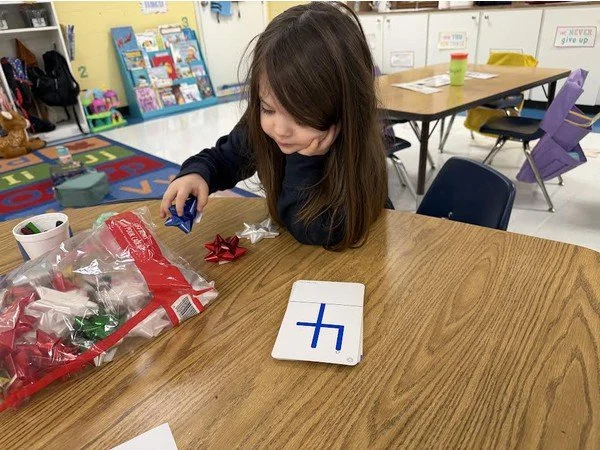

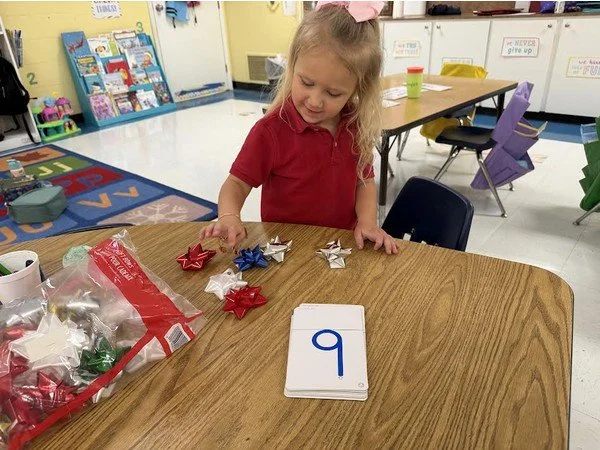

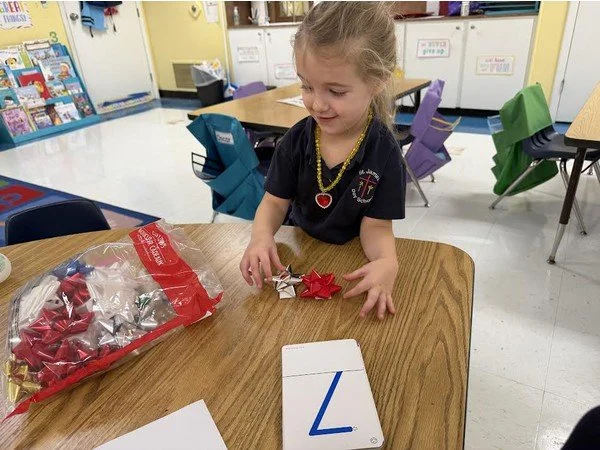


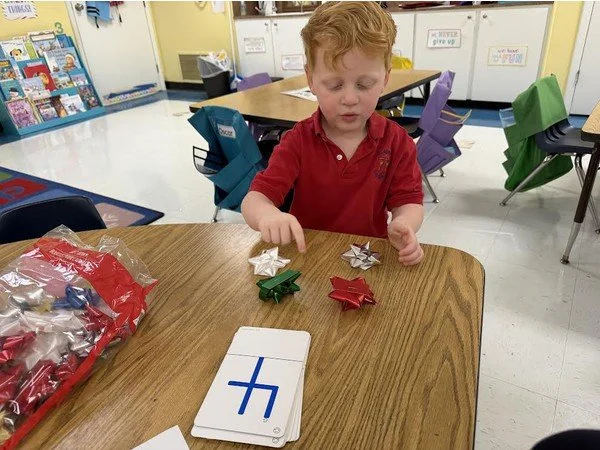

Leaf Rubbings
Making a leaf rubbing allows the children to engage their senses and enhance their understanding of trees in a tactile and visual way. By placing a leaf under a piece of paper and rubbing a crayon over it, children can observe the patterns and veins that are unique to each type of leaf. This activity helps them recognize the differences of trees and connects them to nature. The process of creating leaf rubbings also aids in improving fine motor skills.
Christmas Caparisons
For one of our math lessons this week, we included Christmas ornaments as a fun tool to get into the spirit. Each child was given two ornaments and then was instructed to examine the ornament, answering questions like:
“Which one is larger?”
“Which one is smaller?”
“What are the similarities?”
“What are the differences?”
“Is one smooth while the other is rough?”
